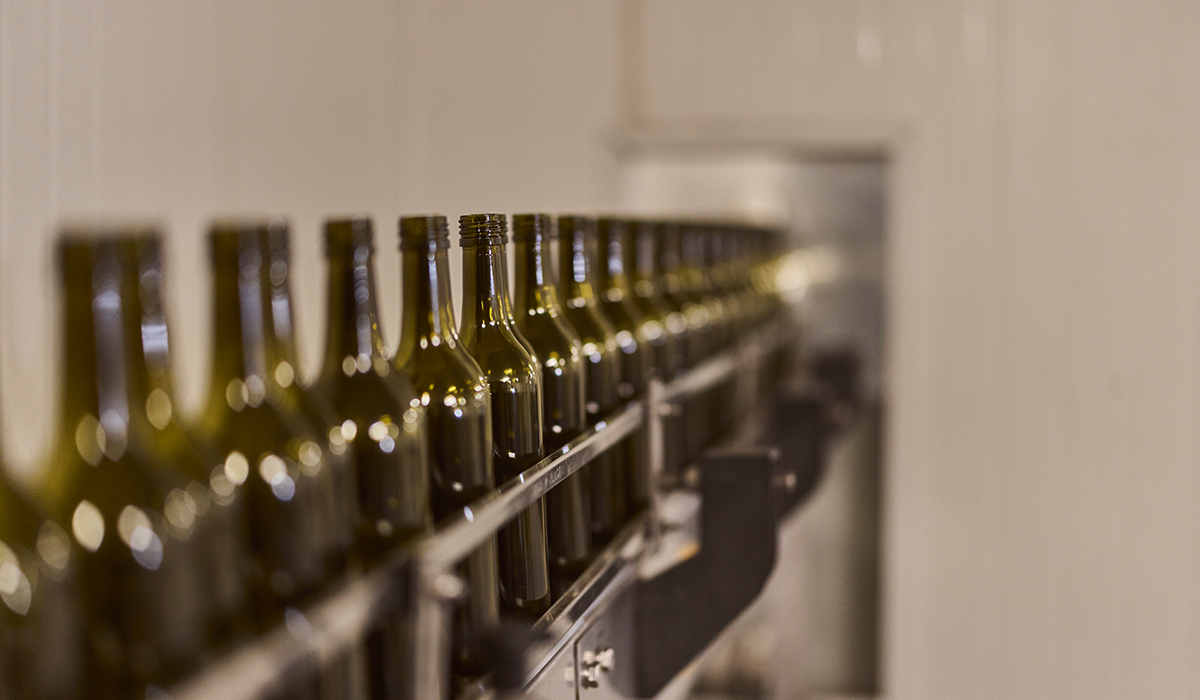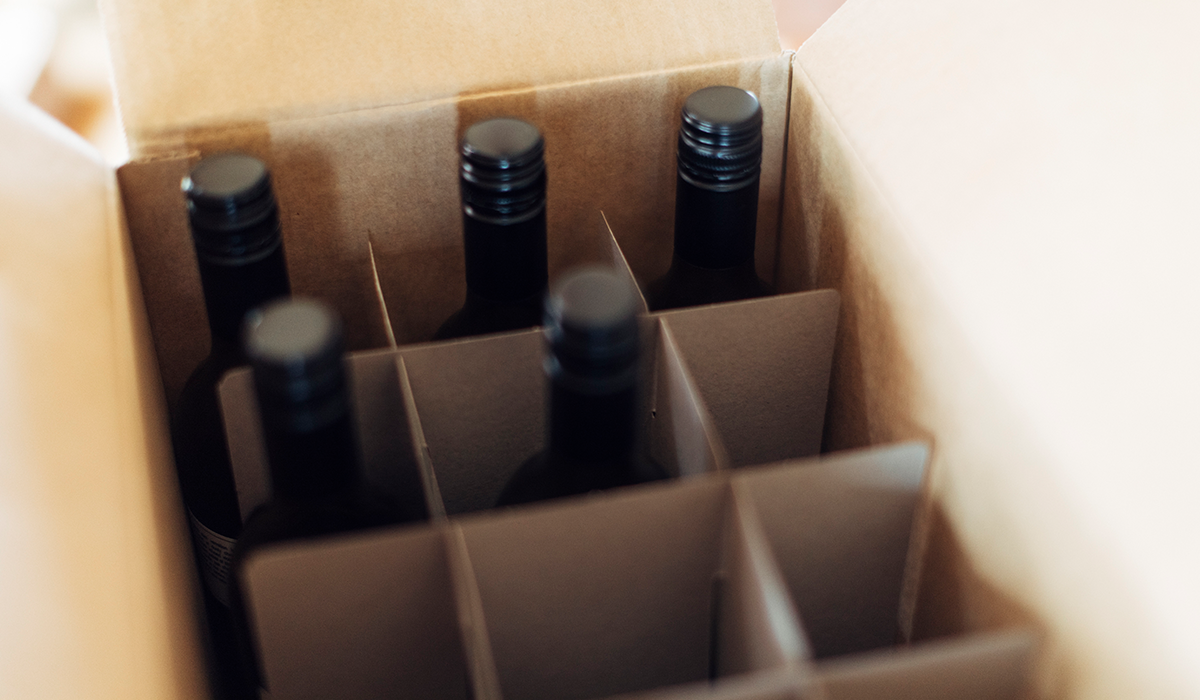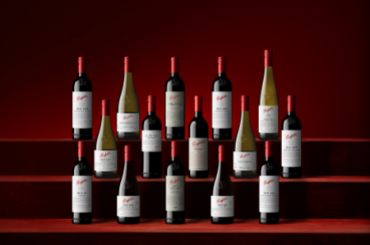Since 2004, I have written 10 articles on screwcaps. This, on the 20th anniversary of the closure, is destined to become the 11th. The articles have been published in a surprisingly diverse collection of newspapers and magazines, and an additional three have been published in books. There have been only five years (2006, 2009, 2011, 2017 and 2019) bereft of an article, and there was no year with more than one article.
The beginning of screwcaps
The union of cork and glass bottles was a 350-year-old technology. Ironically, given ongoing USA resistance to adopting an alternative closure, the first trials on screwcapped wine bottles began in the 1930s by the University of California, Davis. A bottle of 1936 Colombard was opened decades later, and the wine was found to be in very good condition. In 1959, systematic research began in France, and in 1968 official approval was given for the use of screwcaps as a seal for bottles of wine.In 1969, Chateau Haut Brion commenced commercial trials that performed well until the inferior liner gave way 10 years later, and in 1979 Haut Brion abandoned the trial. In 1970, Australian Consolidated Industries obtained a licence to manufacture Selcaps (as they were called) and Yalumba trialled Selcaps on bottles with corks already inserted. Between 1973 and 1976, five major Australian companies embarked on a large-scale, five-year trial, abandoned in 1976 because the superiority of screwcap (STELVIN®) over cork was so obvious further research was not needed, and Yalumba carried out the first commercial bottling of its 1976 riesling under screwcap.

The breakthrough
Despite the proof of the benefits of screwcaps, there was resistance in both domestic and export markets to the concept, and an assumption that it was used in lesser quality wines as a cheaper alternative to cork. In 2000, the makers of Clare Valley riesling, led by Jeffrey Grosset, unanimously decided to bottle their wines under screwcap. By 2004, 25 per cent of Australian wines were bottled under screwcap; by 2008, 68 per cent of our red wines and over 90 per cent of white wines were so bottled. By 2011, the numbers were 96 per cent of white and 83 per cent of red wines.
Cork: A natural thing
Because cork is a natural substance, albeit with unique physical properties, no two corks are the same. Specifically, the oxygen permeability range of good quality corks has been shown to be up to a hundred-fold, with variations between individual batches as well as between individual pieces within a batch. This may be exacerbated by irregularities in the (interior) glass neck of the bottle.
Making wine in the bottle
There is some daunting chemistry lying behind advances in the composition of the liner of the capsule. At the outset it was assumed that total exclusion of any oxygen through the liner was the optimum, which turned out not to be true if the wine contained thiols or sulphide precursors. The traditional Saran™ Tin liner has a thin tin foil of 0.02mm as one of its four layers, which provides a virtually impervious seal against the intrusion of oxygen. To vary the oxygen transmission rate (OTR) further designs have since been developed where the paper layer is omitted, or the tin is replaced by aluminium.
Saranex™ offers a 1.9mm layer of polyethylene foam covered on top and bottom by a layer of PVDC (polyvinylidene chloride), enabling greater oxygen exchange that is controlled and known in advance. It is a market benchmark mainly used for inexpensive wines with a limited life expectancy.
STELVIN® Inside offers three OTRs in its range, two equivalent to Saran™ Tin and Saranex™ (102 and 502) respectively, and a new liner with 302 OTR.
Fallacies of screwcaps
All screwcaps are the same
The basic structure is a metal cylinder that is rolled onto the neck of a specific bottle with ribs matching those of the cylinder. It is the composition of the liner inside the cap that offers many options, almost all protected by trademarks under the umbrella of the STELVIN® held by Amcor. They are Saran™ Tin, Saranex™ and STELVIN® Inside. More recently, the arrival of STELVIN® LUX offers a longer cylinder with no external thread evident. It is considerably more expensive, requiring a specialised bottling line.
Wines under screwcap don’t develop
All white wines, especially those cool-fermented in tank, and bottled within 4–6 months of vintage, will visually deepen with time in bottle. All red wines change simply because changes occur anaerobically. In both instances, oxygen uptake will increase the rate of change.
Screwcaps cause reduction
They don’t. Reduction is caused by sulphide or sulphide precursors, notably thiols. They can manifest themselves in barrel or tank. If they are present, bottling with a screwcap that strictly limits oxygen uptake will exacerbate reduction.
Screwcaps solve problems with fluctuating temperatures in bottled wine storage
The diurnal rise and fall in the temperature of cellars causes expansion and contraction of the wine and a hydraulic shock sufficient (measured in amount and frequency) to weaken the cork’s elasticity and oxygen barrier capacity, leading to an increase in ullage. Screwcaps will reduce the impact, but not eliminate it.This article appears in issue #68 of Halliday magazine. Become a member to receive the print publication as well as digital access.
Image credit: Wine Australia.






